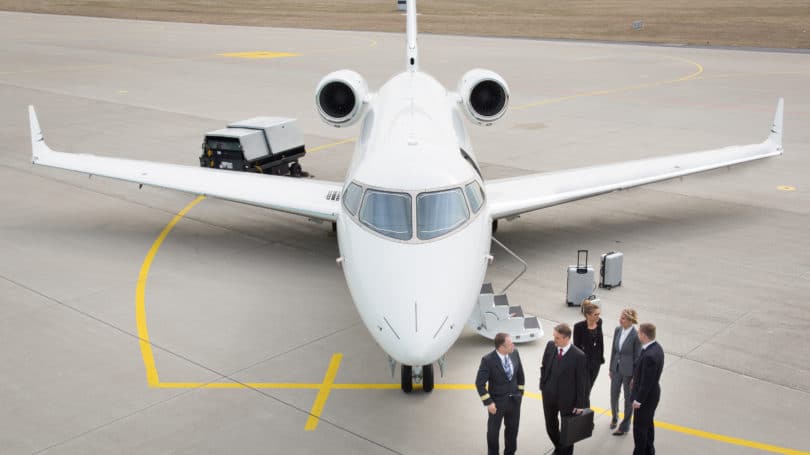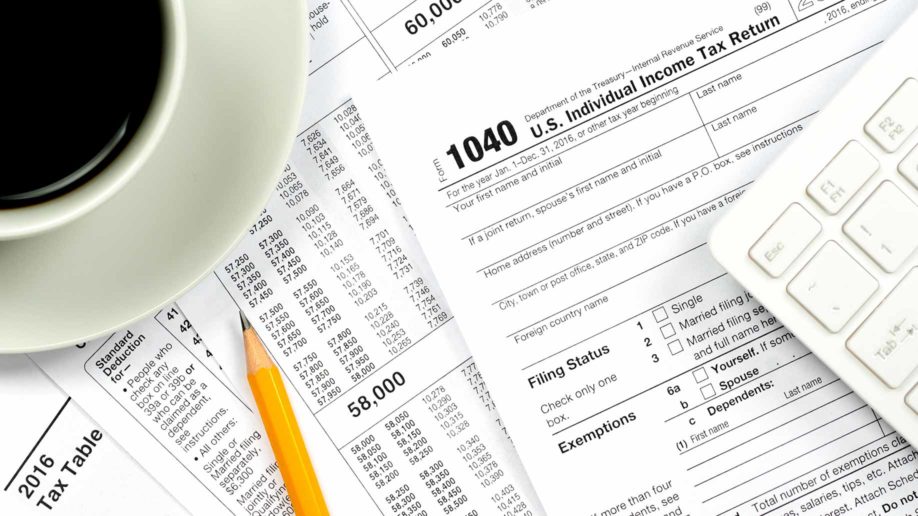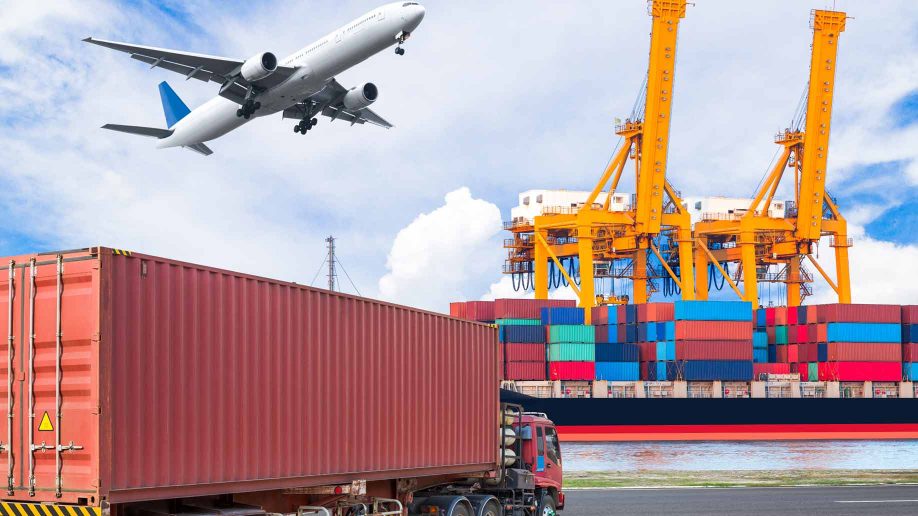In November 2008, an anonymous author using the pseudonym Satoshi Nakamoto issued the white paper “Bitcoin: A Peer-to-Peer Electronic Cash System,” which outlined “a system for electronic transactions without relying on trust.” This system, known as blockchain, became the basis for the world’s first widely accepted cryptocurrency, bitcoin. It’s also a foundational technology that has the possibility to impact society as dramatically as the invention of the Internet itself.
Don Tapscott, author of “Blockchain Revolution: How the Technology Behind Bitcoin is Changing Money, Business, and the World,” claimed in an interview with McKinsey & Company that blockchain is “an immutable, unhackable distributed database… a platform for truth… a platform for trust.” An unapologetic, enthusiastic supporter of blockchain, he adds, “I’ve never seen a technology that I thought had a greater potential for humanity.”
Is the hype around blockchain justified? Let’s take a look.
The Dangers of Digital Transactions
Mutual trust is the basis for business transactions. Yet as society has grown more complex, our ability to trust another party — especially if they’re unknown and halfway around the world — has decreased. As a result, organizations develop elaborate systems of policies, procedures, and processes to overcome the natural distrust arising from the uncertainties of distance, anonymity, human error, and intentional fraud.
At the heart of this distrust is the possibility of a “double spend,” or one party using the same asset twice, particularly when the assets being exchanged are digital. When exchanging physical assets, the transaction can only occur at one time in one place (unless forgery is involved). In contrast, a digital transaction is not a physical transfer of data, but the copying of data from one party to another. If there are two digital copies of something for which there should be only one, problems arise. For example, only one deed of the ownership of a house should be applicable at a time; if there are two seemingly identical copies, two or more parties could claim ownership of the same asset.
Unfortunately, the systems and intermediaries required to ensure, document, and record business transactions have not kept pace with the technological changes of a digital world, according to Harvard Business Review.
Consider a typical stock transaction. While the trade — one party agreeing to buy and another party agreeing to sell — can be executed in microseconds, often without human input, the actual transfer of ownership (the settlement process) can take up to a week to complete. Since a buyer can’t easily or quickly verify that a seller has the securities the buyer has purchased, nor can a seller be confident that a buyer has the funds to pay for that purchase, third-party intermediaries are required as guarantors to ensure that each party to a trade performs as contracted. Unfortunately, these intermediaries often add another layer of complexity, increase costs, and extend the time it takes to complete the transaction.
Our existing systems are also vulnerable to intentional attempts to steal data and the assets they represent. International Data Corporation reports that businesses spent more than $73 billion for cybersecurity in 2016 and are projected to exceed $100 billion by 2020. These numbers don’t include security expenses for non-businesses or governments, the cost of wasted time and duplicated efforts due to data breaches, or the expense of any remedies to those affected.
Blockchain technology presents a remedy for these issues that could significantly alter the way we do business in the future.
How Blockchain Technology Works
Understanding blockchain requires an understanding of “ledgers” and how they’re used. A ledger is a database that contains a list of all completed and cleared transactions involving a particular cryptocurrency, as well as the current balance of each account that holds that cryptocurrency. Unlike accounting systems that initially record transactions in a journal and then post them to individual accounts in the ledger, blockchain requires validation of each transaction before entering it into the ledger. This validation ensures that each transaction meets the defined protocols.
Read more. . .


 “Congress, Congress! Don’t tax me, tax that fellow behind the tree.” This 1930s ditty reflects the sentiments of most Americans today as Congress once again tries to simplify and reform the 74,608-page Federal Tax Code and Federal taxes. Their task is particularly challenging since about 40% of citizens feel that they pay more than their fair share, according to Pew Research. The groups that don’t pay enough include corporations (80% agree), wealthy people (78% agree), and poor people (40% agree).
“Congress, Congress! Don’t tax me, tax that fellow behind the tree.” This 1930s ditty reflects the sentiments of most Americans today as Congress once again tries to simplify and reform the 74,608-page Federal Tax Code and Federal taxes. Their task is particularly challenging since about 40% of citizens feel that they pay more than their fair share, according to Pew Research. The groups that don’t pay enough include corporations (80% agree), wealthy people (78% agree), and poor people (40% agree). The debate about free trade versus protective tariffs (taxes) has raged for centuries. However, it has become especially virulent as industrialized countries lose an increasing amount of jobs to emerging nations. Free traders, worried about the possibility of new tariffs to protect native industries, predict a trade apocalypse. Reported by TIME, Robert Zoellick, president of the World Bank, claimed, “If we start to trigger a round of protectionism, as you saw in the 1930s, it could deepen the world crisis.”
The debate about free trade versus protective tariffs (taxes) has raged for centuries. However, it has become especially virulent as industrialized countries lose an increasing amount of jobs to emerging nations. Free traders, worried about the possibility of new tariffs to protect native industries, predict a trade apocalypse. Reported by TIME, Robert Zoellick, president of the World Bank, claimed, “If we start to trigger a round of protectionism, as you saw in the 1930s, it could deepen the world crisis.”